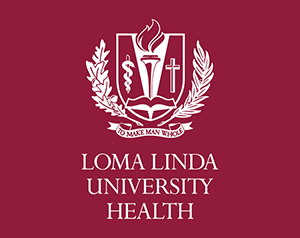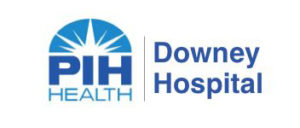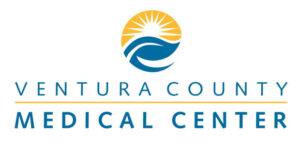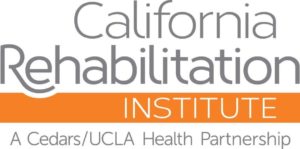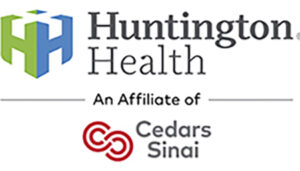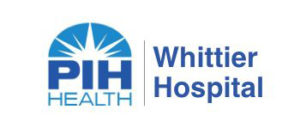Profiles In Nursing
Helen Fairchild (1885-1914), Witness to the Horrors of WWI Poison Gas Attacks
Why chemical weapons were banned by the Geneva Convention
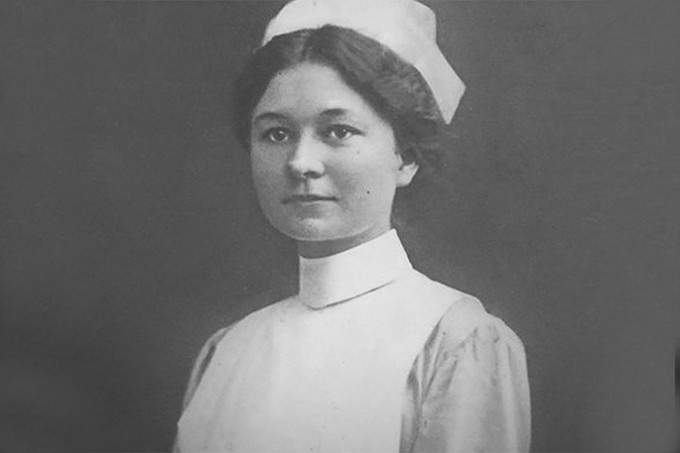
Originally from a small town in Pennsylvania, Helen Fairchild later became the first American nurse to die in service during World War I, a casualty of that war’s most horrifying weapon: poison gas.
The Pennsylvania 64
Helen Fairchild was 26 years old when she left farm life in rural Pennsylvania to enter nursing school in Philadelphia. When she graduated in 1913, the average life expectancy of a white woman in the United States was about 49 years. The women’s suffrage movement was in full swing, still fighting to ratify a constitutional amendment granting women the right to vote. President Woodrow Wilson was trying to remain neutral in the evolving conflicts in Europe.
For the next four years, Fairchild practiced nursing at Pennsylvania Hospital while beginning the course of prolific letter-writing to her family that would become the foundation of her legacy. Early in 1917, Fairchild and 63 of her colleagues joined the U.S. Army Reserve Nurse Corps.
On April 16, 1917, Congress declared war on Germany. Instead of the usual continental U.S. assignment, the nurses volunteered for deployment to Europe.
The “Pennsylvania 64” sailed to England in May 1917 as part of the American Expeditionary Forces, about to bear witness to what became known as “the chemist’s war.”
“Oh, I Shall Have Books to Tell When I Get Home”
In late July, Fairchild was assigned to Casualty Clearing Station No. 4 in the Ypres-Passchendaele area of Belgium. The weather was miserable, with constant wind and rain. In a letter to her mother in August, Fairchild wrote, “We all live in tents and wade through the mud to and from the operating room where we stand in mud higher than our ankles.”


